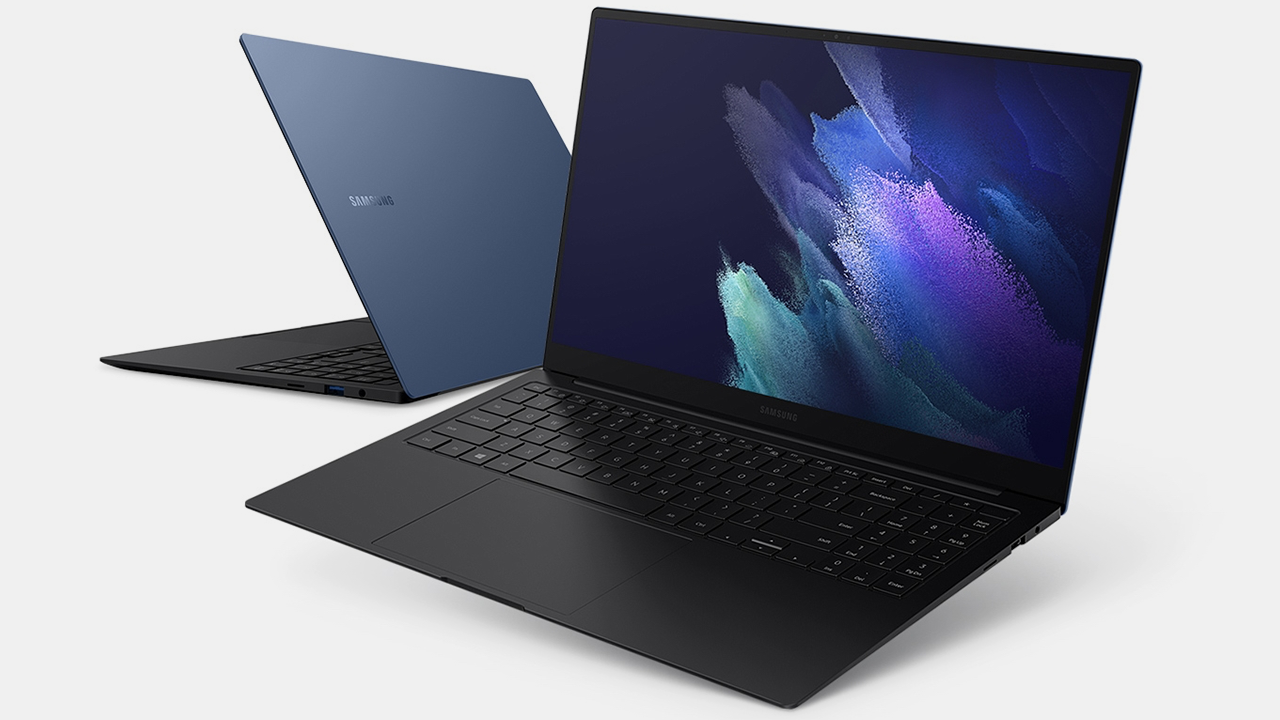## Forget Hollywood, Your PC Can Become a Video Studio
Remember when AI-powered video generation seemed like something straight out of a sci-fi flick? Not anymore! Tom’s Hardware is reporting that gaming GPUs with a modest 6GB of VRAM are now powerful enough to crank out AI-generated videos. That’s right, your trusty gaming rig might be the key to unlocking your inner Spielberg.

Rethinking Temporal Context
FramePack’s Innovative Approach

Traditional video diffusion models rely on processing data from a sequence of previously generated frames to predict the next frame in the video. This “temporal context length” determines how much history the model considers, and it grows with the video’s length. The problem is, larger context lengths require significantly more video memory (VRAM), often necessitating powerful GPUs with 12GB or more VRAM.
FramePack, developed by Lvmin Zhang at GitHub in collaboration with Maneesh Agrawala at Stanford University, tackles this challenge head-on by employing a fixed-length temporal context approach. Instead of processing an ever-growing sequence of frames, FramePack compresses input frames based on their importance, reducing the memory footprint significantly. This compression allows the model to handle longer videos with less VRAM.
Think of it like summarizing a long document. Instead of reading every word, you focus on key sentences and paragraphs to grasp the main points. FramePack does something similar with video frames, prioritizing essential information and discarding less relevant details.

Multi-Stage Optimization
Efficient Local AI Video Generation
FramePack’s efficiency extends beyond its fixed-length temporal context. It utilizes a multi-stage optimization technique that breaks down the video generation process into smaller, more manageable stages. Each stage focuses on refining a specific aspect of the video, such as motion, texture, or detail. This modular approach allows FramePack to leverage the strengths of different neural network architectures for each stage, optimizing performance and resource utilization.
Imagine building a complex structure. Instead of tackling everything at once, you might start by laying the foundation, then build the walls, and finally add the roof. Each stage builds upon the previous one, ensuring a solid and stable final product. FramePack’s multi-stage optimization follows a similar principle, gradually refining the video until it meets the desired quality standards.
Mitigating Drift
Ensuring Consistent Video Quality
One common issue with video diffusion models is “drift,” where the video quality degrades over time. This occurs because the model accumulates errors as it processes more frames, leading to inconsistencies and artifacts in the output video. FramePack addresses this issue by incorporating techniques to mitigate drift, ensuring a consistent viewing experience throughout the entire video.
Think of a car driving on a winding road. If the driver constantly corrects for minor deviations, the car will stay on course. Similarly, FramePack employs mechanisms to counteract drift, keeping the video quality stable and preventing it from deteriorating as the generation progresses.
Get Started: Requirements and Performance
Hardware Compatibility
Currently, FramePack supports RTX 30/40/50 series GPUs with FP16 and BF16 data format support. This means that gamers with these GPUs can leverage FramePack’s capabilities for AI video generation. While support for Turing and older architectures hasn’t been officially verified, future updates might expand compatibility to a wider range of hardware.
Performance Benchmarks
Performance varies depending on the specific GPU used. An RTX 4090 can generate approximately 0.6 frames per second with optimization using “teacache”. This translates to a significant improvement over traditional video diffusion models that require substantially more VRAM. As FramePack gains popularity, we can expect to see more detailed benchmarks and comparisons across different GPUs, providing a clearer picture of its performance capabilities.
Creative Applications
FramePack opens up exciting possibilities for gamers and creators alike:
- Short Clips: Generate short, dynamic clips from gameplay footage, adding a unique AI-generated flair.
- GIFs & Memes: Create engaging GIFs and memes using AI-powered video generation, making your content stand out.
- Concept Art & Prototypes: Visualize game concepts and prototypes quickly and efficiently using AI-generated video snippets.
- Educational & Explanatory Videos: Produce engaging educational or explanatory videos with AI-generated visuals, enhancing the learning experience.
Conclusion
So there you have it: AI-powered video creation is no longer the exclusive domain of high-end rigs with mountains of VRAM. Thanks to advancements in algorithms and optimizations, it’s now within reach of gamers armed with GPUs boasting just 6GB of VRAM. This opens the floodgates for a whole new wave of creative possibilities, democratizing video production and empowering individuals to bring their visions to life without breaking the bank. Imagine streamers instantly generating highlights, YouTubers crafting engaging intros, or even casual players whipping up epic montages – all powered by the GPUs already humming away in their gaming PCs.
But this accessibility isn’t just about convenience; it’s about fostering a more inclusive and dynamic digital landscape. As AI video generation becomes more commonplace, we’ll see a surge in user-generated content, blurring the lines between professional and amateur production. This could lead to a richer, more diverse online experience, where anyone with an idea and a passion can share their story.
The future of video creation is here, and it’s powered by the very technology we use to enjoy our favorite games. Are you ready to join the revolution?